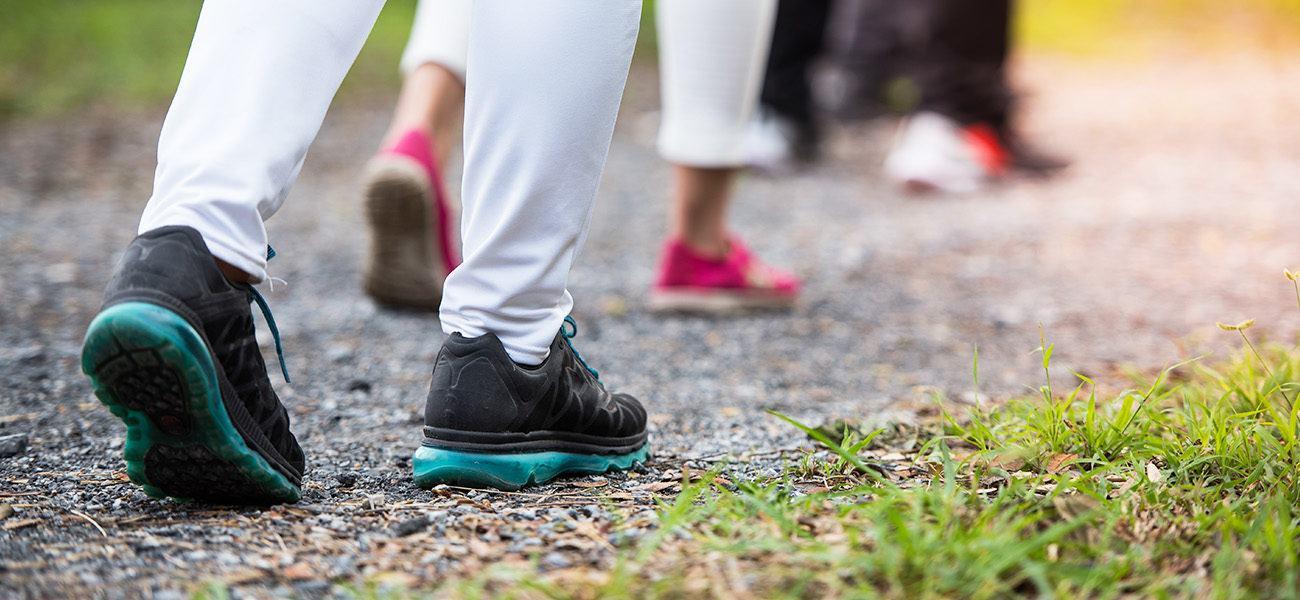
“I’m sure I’m fit enough; I’ve always been fairly active …”
Us lifestyle and fitness professionals are used to hearing statements like that from clients who are convinced that their physical fitness is fine. Likewise, we see clients who do not consider fitness relevant – or would like to know what their fitness is but don’t want to take part in a strenuous or expensive fitness test. It’s often said that ignorance is bliss, but in the case of fitness, knowing is power – and bad news can actually be good news! In this blog, I will try to explain why.
What Is VO2max and Why Does It Matter?
Maximal oxygen uptake (VO2max) is a measure fitness, reflecting the ability of the cardiorespiratory system to deliver oxygen to muscles and the ability of the body to utilize oxygen to produce energy. Good VO2max, or aerobic fitness, is crucial for endurance athletes, but studies have shown that VO2max is a lot more than a measure of athletic performance: it’s an important cornerstone of health.
Aerobic fitness is associated with better overall health and work ability and a lower risk of mortality, and it’s been shown to improve sleep quality, recovery and subjective well-being. Improving your physical fitness is one of the best medicines if you are struggling with low energy or the heavy demands of everyday life – and the biggest benefits are reaped by the least fit people because even small changes result in big improvements. It gets a bit tougher if you are already fit; continued improvement takes systematic training planning and thorough understanding of your individual needs.
VO2max is expressed in milliliters of oxygen per minute per kg of body weight (ml/kg/min) and most accurately, it’s measured in the laboratory during maximal effort, by analyzing respiratory gases. This is still the golden standard of fitness testing, especially for athletes.
Fitness Level Now in Firstbeat Lifestyle Assessment!
Firstbeat Lifestyle Assessment, the professional’s coaching tool that utilizes the Firstbeat Bodyguard to collect heartbeat and accelerometer data, is now introducing a new Fitness Level feature that allows us to estimate VO2max by comparing the body’s workload to walking speed (the relationship between heart rate and walking speed). The idea is to offer safe, easy-to-conduct fitness estimation that is applicable to all fitness levels and ages. For more details, check out our Fitness Level press release, but in short, all it takes is 30 minutes of continuous, moderate to brisk walking on flat terrain during the 3-day measurement.
This adds a new dimension to Lifestyle Assessment: in addition to the familiar stress-recovery balance, quality of sleep and health effects of physical activity, the clients will also get a concrete estimate on their fitness level. The added value for professionals who offer the Lifestyle Assessment is obvious: they can provide more individualized, in-depth physical activity guidance based on the client’s current level, and fitness development can be tracked with follow-up assessments.
For Lifestyle Assessment clients, Fitness Level can be a motivator regardless of the starting level. It’s never too late to do something about poor fitness and the benefits start racking up the fastest for those whose starting level is low.

The graph above shows how Fitness Level is presented in the Lifestyle Assessment report: as a ml/kg/min value and fitness category based on age and gender (used with permission from the Cooper Institute, Dallas, Texas).
Walking the Walk
Over the summer, I did some testing on the Firstbeat Fitness Level in different conditions, and I also had some family and friends take the walk, to see how it works. For example, I did the same 30-min walk on a flat road, on two separate occasions; one very briskly, the other one at a comfortable, moderate pace. The result was essentially the same. We look at the relationship between speed and heart rate and have determined that moderate pace is sufficient for a reliable result. As a matter of fact, if you walk too fast for your own fitness level and push the heart rate up, your result will likely be worse.
I got the best results when I walked as instructed, for app. 30 minutes at moderate pace, on more or less flat terrain (on a dirt road in the forest or on the local track). Walking on a treadmill worked well, too, as long you keep the grade close to 0. The result was less reliable when hills were added, or the walk was performed after other exercise. Also, a reminder that this Fitness Level feature is for walking! If you run or do other sports, Fitness Level cannot be calculated. It’s important to follow the instructions, to ensure your best possible result. This is of course true for any kind of fitness testing.
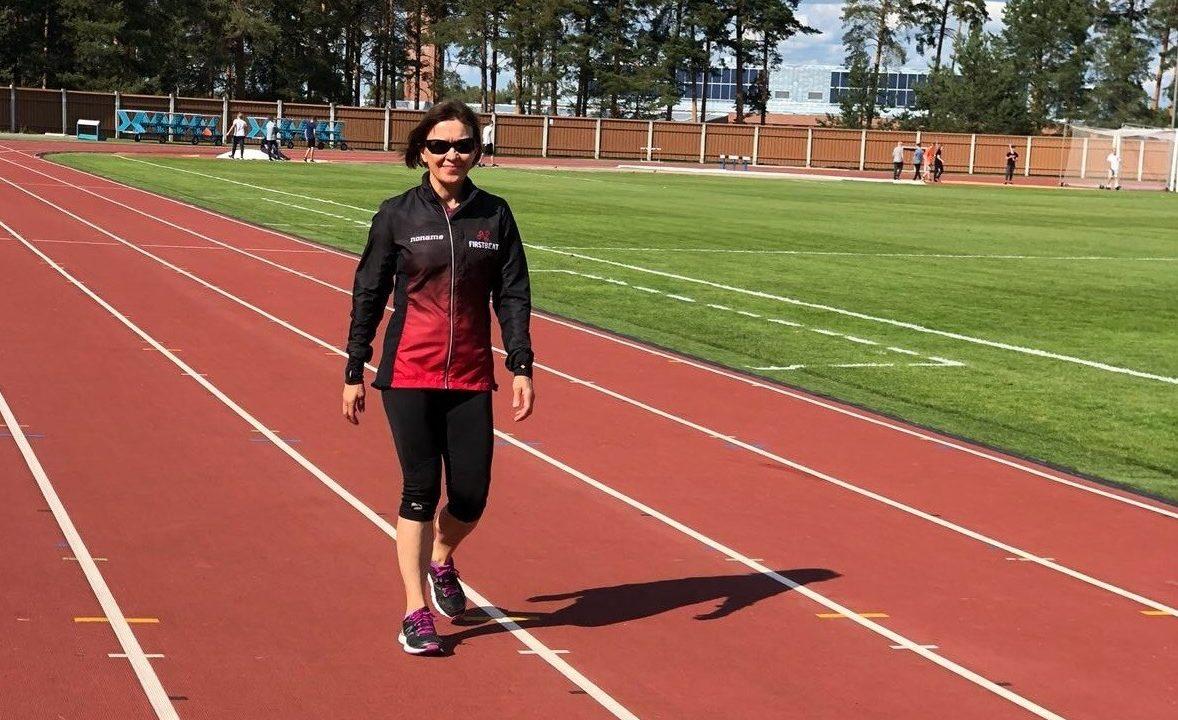
In summary: Fitness Level is an exciting new feature and will add special value to Lifestyle Assessment. It’s easy to do, but to make sure the result is as reliable as possible, it’s best to put a bit of thought behind the walk. Walk for at least 30 minutes, at a comfortable, moderate – brisk pace, on mostly flat terrain, in a normal life situation. See you on the trails!
You might feel you sleep deeply, but your body might not recover. Firstbeat Lifestyle Assessment reveals what’s really going on.
If you liked this article, you should subscribe to our mailing list
You might also be interested in
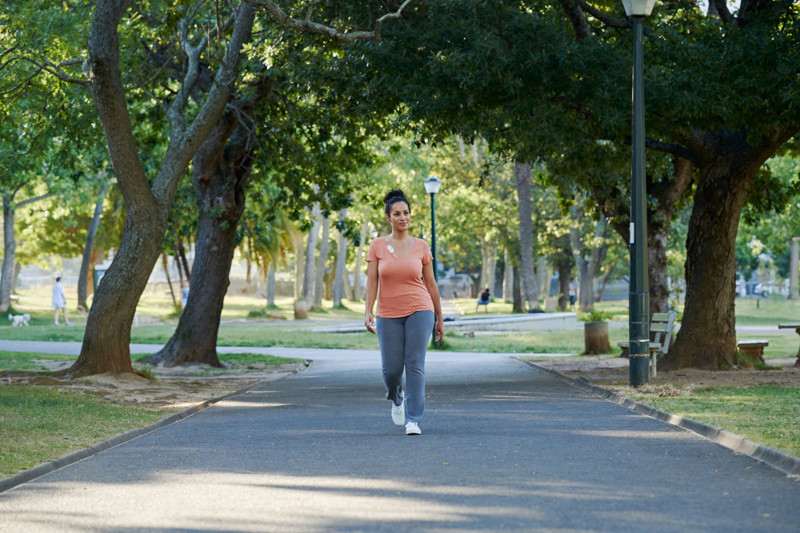
From Lab to Real-Life: Firstbeat to Measure VO2max Fitness Level from 30-minute Walk
Estimating an individual’s Fitness Level whilst walking will be added to the Firstbeat Lifestyle Assessment in September 2018. A new algorithm developed by Firstbeat has made it possible to estimate…
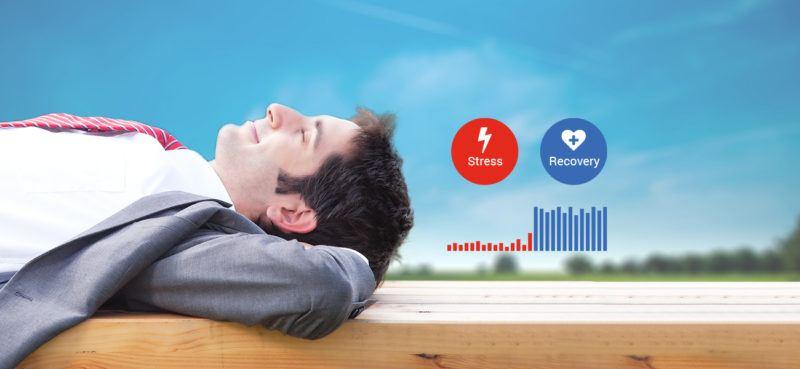
At the Heart of Stress and Recovery
Stress can be defined as a situation where the demands that a person is faced with are greater than the available resources. Stress can also be described as the body’s physical and mental adaptation to real or perceived change.
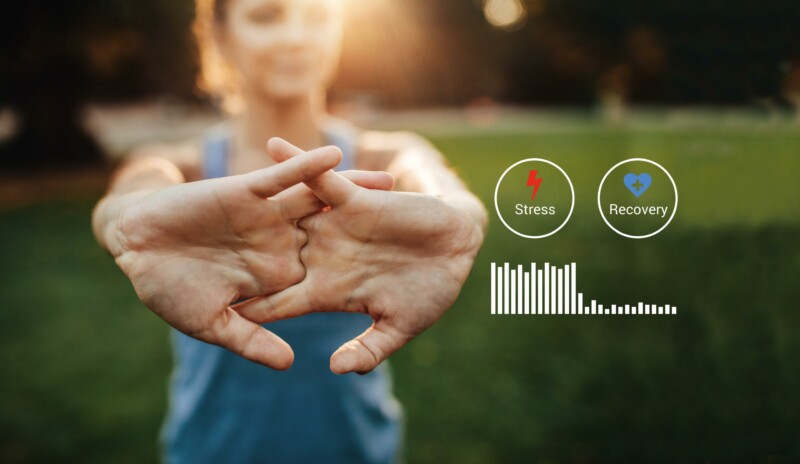
4 Simple Ways to Reduce Stress
You don’t always need long mindfulness exercises or a yoga retreat to relieve stress. Discover 4 easy things you can do to help defuse your lifestyle.

